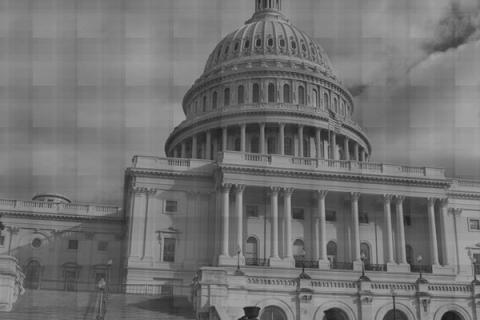 Based on the latest report from the office of the Arizona Secretary of State, both major parties continue to lose support as the growth rate of Arizona's Independent voter base further intensifies.
Based on the latest report from the office of the Arizona Secretary of State, both major parties continue to lose support as the growth rate of Arizona's Independent voter base further intensifies.
"Registered Republicans dropped by more than 3,000 voters since April, while Democrats hemorrhaged nearly 8,000 voters in the same period, the report showed. However, the number of independents, those registering without a party or with an unrecognized party, jumped by more than 13,000."
The Green Valley News and Sun reported on the numbers.
With 1.04 million voters, Independents are Arizona's second largest group, slightly trailing the 1.14 million members belonging to Republicans. It's worse for Democrats, who have just 999,232 members. This is the first time since August 2008 that Democrats have lagged just under 1 million voters.
Since April of this year, Arizona has added 1,986 registered voters as noted in the Secretary's report. This brings the total number of voters to right above 3.2 million.
Party leaders from the Arizona GOP and Democrats continue to speculate as to why their duopoly is losing registered voters, offering reasons ranging from not focusing on registering new members to not really being able to give an answer at all. But, among some of more the notable explanations, the current polarization in Congress, the desire for more moderate candidates, and the feeling that neither side of the political duopoly is reaching out to them, appear to offer the greatest explanatory power.
This fact in and of itself shows that leaders within the two major parties aren't ignorant about rising voter discontent. The big question is whether this knowledge will be enough to make them realize that playing the same old partisan game will soon be an outdated strategy.
David Berman, professor emeritus of political science at Arizona State University, noted last month that the state's Independents were on track to soon surpass registered voters from both the Republican and Democrat sides of the aisle. To foster more political involvement in the state's elections, Berman suggested a novel form of the open primary. His ideal model would be one in which all candidates are thrust onto one ballot, with the top-two vote getters, regardless of political affiliation, advancing to a general election contest. California currently uses such a system, which recently played itself out in the state's 36th congressional district.
